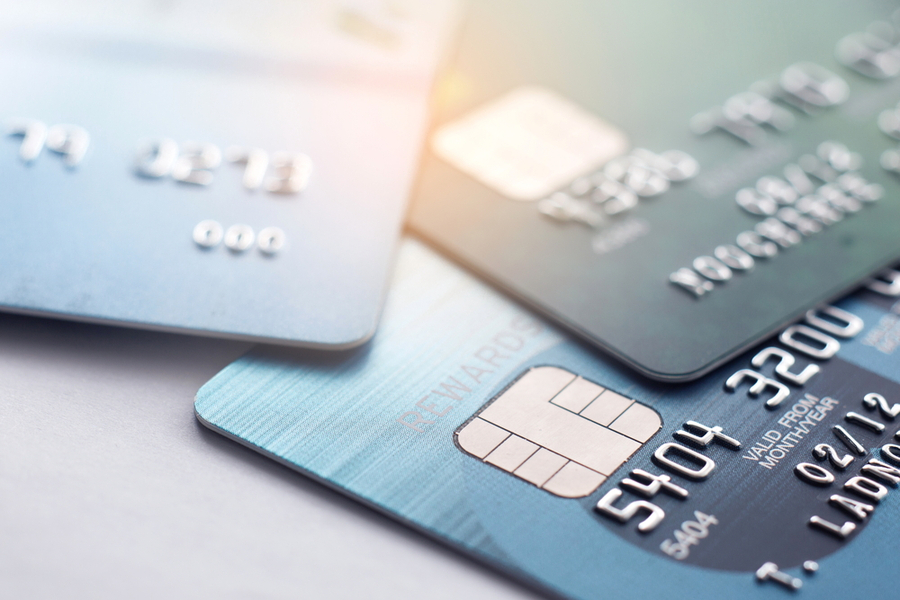It’s easy to find articles explaining the 10 or more areas on your credit report that impact your score. Generally speaking, these lists are not wrong. However, they can be overwhelming and complicate the topic. Where should you really focus your efforts? What will help you get the credit rating of your dreams?
If you really want a high credit score, you should focus on issues that make the biggest difference. Realistically, two factors matter most: your payment history and your credit utilization rate.
Your Payment History Is Most Important
Your payment history includes on-time payments with major credit card accounts, some retail cards, and installment loans. The more on-time payments your history has, the higher your score will climb.
On the other side, it also includes any late payments or bankruptcy. These factors lower your score, though they carry less weight over time. The more on-time payments in your history, the more those late payments are offset. FICO, a pioneer company for credit scores, claims that payment history is 35% of your credit score.
There are a few things you can do to improve your payment history. The first is to make sure you’re always paying your bills on time. Setting up automatic payments or payment reminders can help with this.
Opening more varied accounts can also help. If you have never had a credit card before, consider applying for a secured credit card to start building a payment history. You can also check to see if your utility company or landlord has the option to report your on-time payments to credit reporting agencies. While it isn’t automatic for most landlords or utility companies to do this, many now have programs that make this possible if you sign up for them.
Setting up a budget and sticking to it will also help with your payment history. If you create more expenses than you can handle and end up making late payments, you may end up spending years waiting for your score to recover.
Credit Utilization Makes a Huge Difference
Credit utilization may sound intimidating. It’s actually fairly simple. Your credit utilization rate is the amount of credit available to you versus the amount you are using.
For example, say you have a credit card with a $2,000 limit. You charge $1,000 on the card. Now, you have a credit utilization rate of 50%. You are using 50% of the credit available to you.
To make a positive impact on your credit score, you want to get this rate as low as possible. The goal is to keep your credit utilization rate below 30%. As a best practice, pay your card in full each month. This will also build up your payment history.
Raising your credit score can take time, and keeping it high is a lifelong pursuit. Making on-time payments a priority and a lifelong habit is the best way to ensure you have the best credit rating possible.





